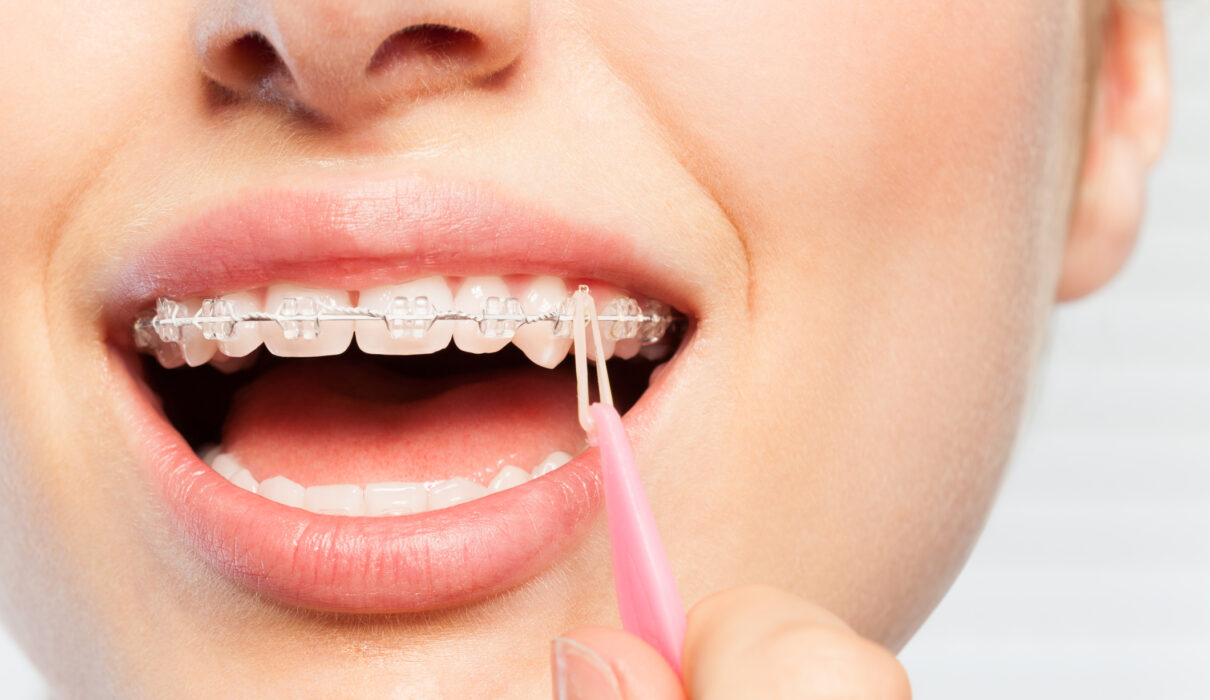When most people think about braces, they picture brackets, wires, and maybe even the odd headgear from movies. But one question that pops up often is: do you always need to wear rubber bands with braces? The short answer: not always. Rubber bands, also known as elastics, are an important tool in orthodontics—but they’re not necessary for every treatment. This applies to both teens and adults who are considering dental braces. Whether you’re starting with traditional metal braces, exploring more discreet treatments like clear ceramic braces, or heading in for one of your first orthodontic consultations in Melbourne, it helps to know when and why rubber bands might be part of your journey.
What’s the Purpose of Rubber Bands?
Rubber bands aren’t there for decoration. They’re used to help move the teeth and jaws into proper alignment. While the brackets and wires focus on straightening individual teeth, elastics step in when an orthodontist needs to fix the bite—closing gaps, correcting overbites or underbites, and guiding the jaws into harmony.
When Are Rubber Bands Used (and When Aren’t They)?
Not every braces treatment needs rubber bands. They’re usually introduced in the middle to later stages of treatment when bite correction becomes a priority. If your case only involves mild crowding or spacing, your orthodontist may never prescribe them. On the other hand, if your bite needs a little extra help, rubber bands will become a key player in proper jaw alignment.
Different Types of Rubber Bands
Orthodontists don’t just hand out one-size-fits-all elastics. Depending on your needs, you might be given:
- Class I elastics – used to close small gaps between teeth.
- Class II elastics – commonly used to correct overbites.
- Class III elastics – often prescribed to fix underbites.
- Crossbite elastics – designed to correct side-to-side jaw misalignments.
Each type has a unique purpose, and your orthodontist will choose the right class for your situation and needs.
Braces, Rubber Bands, and Your Options
Whether you’re considering traditional metal braces or leaning towards clear ceramic braces, the use of rubber bands will always depend on your unique case. They’re not something you can predict without professional advice, which is why booking orthodontic consultations in Melbourne is the best way to find out what your treatment will involve.
Tips for Wearing Rubber Bands Properly
If you’ve been given elastics, consistency is everything. Here’s what to keep in mind:
- Follow instructions carefully – Wear them exactly as prescribed. Skipping days can slow treatment.
- Change them often – Rubber bands lose elasticity quickly, so they usually need replacing several times a day.
- Know when to remove them – Take them out for eating, brushing, and flossing, then put them back in right away.
- Don’t double up – Wearing extra rubber bands doesn’t speed things up—it can cause damage instead.
How Long Will You Need to Wear Them?
The duration depends on your treatment plan. Some patients only wear elastics for a few months, while others may need them for a year or more. Your orthodontist will monitor your progress and adjust as needed.
Are They Painful?
At first, rubber bands can feel a little tight or uncomfortable, especially when you start wearing them. The good news is that this usually eases within a few days as your mouth adjusts. Over-the-counter pain relief or orthodontic wax can help during the adjustment period.
When to Contact Your Orthodontist
If your rubber bands break constantly, cause severe pain, or don’t seem to fit properly, it’s best to check in with your orthodontist. They can adjust your plan and ensure everything is on track and that your treatment is as comfortable and manageable as possible.
The Bottom Line on Elastics and Braces
Rubber bands aren’t always required, but when they are, they play a crucial role in creating a healthy bite and a confident smile. While they might seem like a small detail, they can make a huge difference in the outcome of your treatment. Whether you’re weighing up traditional metal braces, interested in the subtler look of clear ceramic braces, or ready to book orthodontic consultations in Melbourne for you or a family member, remember that every orthodontic journey is unique—and rubber bands are just one of the tools that might help get you to your best smile.


